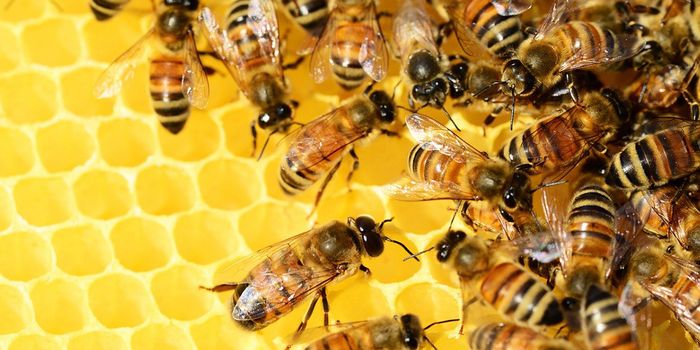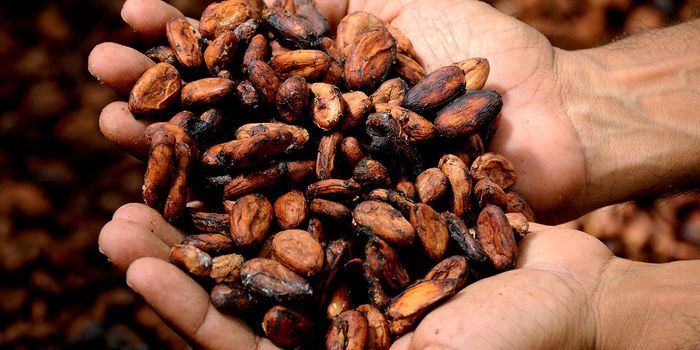Why do leaves change color in the fall?
We know that deciduous trees drop their leaves every winter in order to avoid wasting precious resources on keeping them alive during the long, hard, cold months. During this process, leaves lose their chlorophyll pigments, allowing carotenoids to show (hence those beautiful yellow and orange colors we love!). But let's take a closer look at how this process works.
It wouldn't be a smart move, energetically-speaking, for trees to drop their leaves without re-capturing at least some of the nutrients that are housed in them. So each autumn, deciduous trees will recycle their leaves - or more specifically, certain parts of their leaves - before the big unveiling. This happens through a process in which cells and photosynthetic apparatuses are deconstructed in order to store nitrogen and phosphorus in the trees' twigs and branches. When photosynthetic apparatuses are recycled, the green chlorophyll no longer overshadows the yellow and orange carotenoids that are also in the cells. As for the red and purple colors that really make you ooh and ahh, you'll have to watch the video to find out why that happens! But I'll give you a hint - it's all because of pigments called anthocyanins!








